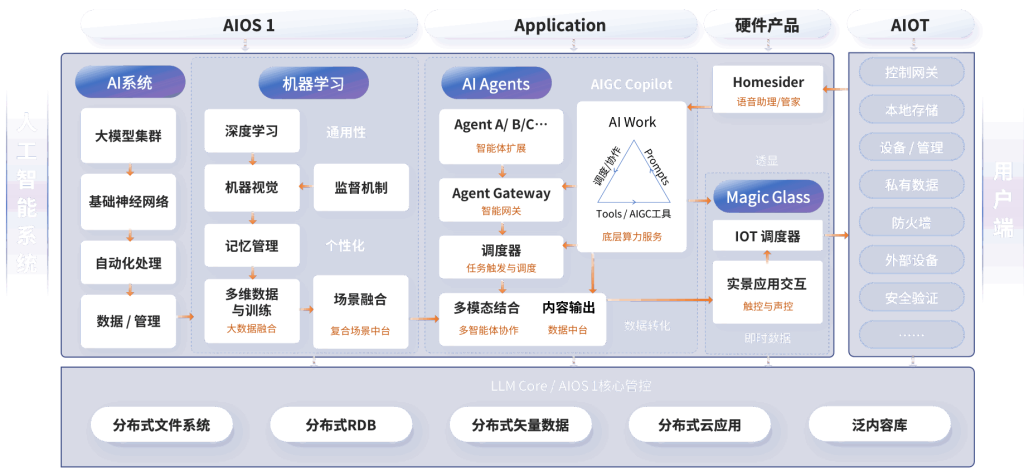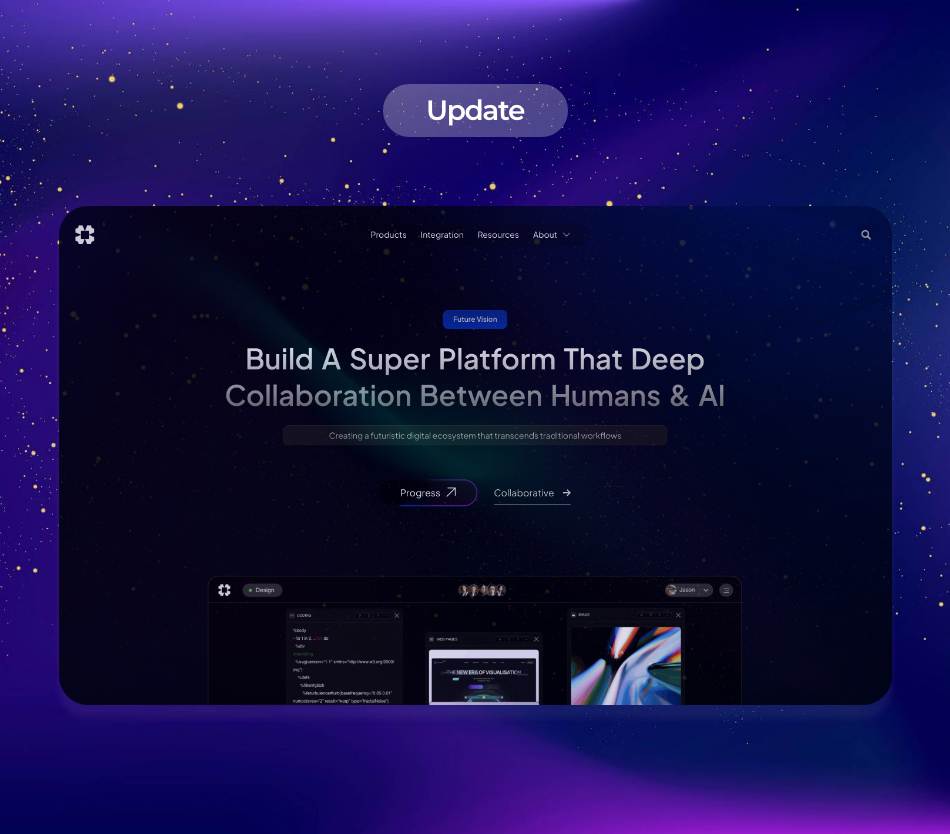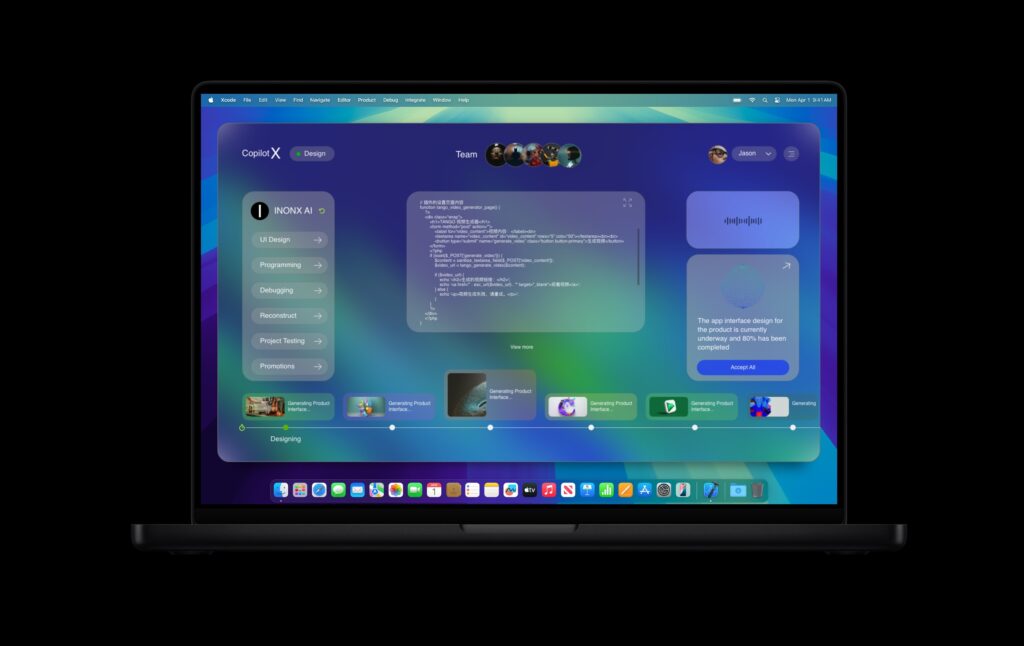Artificial Intelligence (AI) has come a long way in recent years, with 2024 shaping up to be a landmark year for advancements in the field. From newly released large models to innovative AI tools and applications across various industries, this article delves into the latest trends and breakthroughs making waves in the AI landscape. This overview includes newly released AI models such as Google Gemini 1.5 Pro, emerging technologies tailored for specific applications, and creative tools transforming how industries operate.
.
**Google Gemini 1.5 Pro: A New Era of Large Language Models**
One of the most significant announcements in early 2024 was the release of Google Gemini 1.5 Pro, which has garnered much attention for its multimodal capabilities and extended context understanding. Google has positioned Gemini 1.5 Pro as a direct competitor to existing models like OpenAI’s GPT-4, but with enhancements that expand on the usability and functionality of AI systems.
This model’s multimodal capabilities enable it to process and generate not only text but also images and audio, making it a versatile choice for diverse applications ranging from education to customer service. The extended context understanding allows it to maintain coherence over longer interactions, providing a more human-like conversational experience. This is particularly valuable in applications such as mental health support and virtual tutoring, where context is crucial to delivering personalized and relevant responses (source: Google AI Blog).
.
**Innovative Tools and APIs: Bridging AI to Real-World Applications**
The emergence of AI APIs and tools has made it easier for businesses across different sectors to integrate advanced AI functionalities into their operations. Companies like OpenAI, IBM, and Microsoft have launched new APIs that enable developers to seamlessly incorporate AI capabilities such as natural language processing (NLP), image recognition, and predictive analytics into their applications.
For instance, Microsoft’s Azure AI services have been revamped to include enhanced capabilities for specific use cases such as customer insights and automation in business processes. These tools allow businesses to conduct data analysis more efficiently, predict customer behavior, and automate routine tasks, leading to increased productivity and cost savings (source: Microsoft Azure Blog).
Moreover, Google also announced new APIs that cater to healthcare providers, enhancing their ability to leverage AI for remote patient monitoring (source: Google Cloud Healthcare). These APIs improve patient engagement by providing tools to capture health data, analyze trends, and alert healthcare providers in real-time. The integration of AI in this realm underscores its potential to revolutionize patient care through timely interventions and improved monitoring.
.
**Emerging AI Technologies: Addressing Specialized Use Cases**
While general-purpose AI models dominate the conversation, the development of specialized, reliable, and debiased large language models (LLMs) is noteworthy. Researchers are increasingly acknowledging the importance of creating AI that mitigates bias and reflects a more equitable viewpoint across all user demographics.
Recent advancements in debiasing techniques, such as adversarial training and fairness assessments, have led to models that provide more balanced and fair results in applications like hiring, lending, and social assessments (source: AI Ethics Journal). Companies like LEVERAGE AI have committed to providing debiased LLMs, noting that reducing bias in AI systems is crucial for maintaining public trust and ethical practices in AI deployment.
This focus on fairness and reliability is essential, especially as industries such as HR and recruitment begin to heavily rely on AI systems for decision-making. By creating AI models that strive for debiased outputs, organizations can significantly enhance their career development planning efforts and ensure more equitable opportunities for candidates from diverse backgrounds.
.
**Innovative AI Products: Transforming Industries**
Across various sectors, the launch of innovative AI products is altering conventional workflows and enhancing functional capabilities. In cybersecurity, advanced AI-driven threat detection systems are becoming indispensable. Tools that utilize machine learning to predict vulnerabilities and respond to threats in real time have significantly bolstered companies’ defenses against cyberattacks (source: Cybersecurity News).
In the enterprise sector, AI tools designed for workflow automation are revolutionizing how organizations operate. Companies like UiPath have introduced robotic process automation (RPA) solutions that integrate AI functionalities. These automation tools enable businesses to streamline their operations, reducing errors and saving time spent on repetitive tasks, which ultimately leads to improved efficiency and competitiveness (source: UiPath Blog).
Even in creative industries, AI’s impact is profound. Tools like Adobe’s Sensei offer AI capabilities that enhance creative workflows, allowing artists to automate mundane tasks such as color correction and image retouching (source: Adobe Creative Cloud). As a result, creatives can focus more on high-level concepts and innovative ideas, further pushing the envelope for creative expression while leveraging AI efficiencies.
.
**AI Impact on Healthcare, Education, and Business Automation**
The widespread adoption of AI technologies is poised to change the availability and quality of services across several domains, including healthcare and education. In healthcare, AI models are being utilized for remote patient monitoring, revolutionizing patient engagement and proactive care. AI algorithms process diagnostic data and alert healthcare professionals in high-risk scenarios, making preventive care more effective and timely (source: HealthTech Magazine).
In the realm of education, AI tools are enhancing personalized learning experiences. Adaptive learning platforms equipped with AI capabilities can analyze individual student performance and suggest learning materials tailored to their specific needs. This shift towards personalized education allows educators to focus on areas where students struggle, ultimately improving overall learning outcomes (source: EdTech Digest).
Business automation powered by AI also stands as a cornerstone capability, allowing companies to optimize supply chain management, customer relations, and sales forecasting. Companies utilizing AI for drone logistics are especially notable, as they leverage AI technology alongside real-time data to optimize delivery routes, reduce costs, and enhance customer satisfaction (source: Drone Logistics Report).
.
**Conclusion: The Future of AI in 2024 and Beyond**
The advancements in artificial intelligence as of 2024 signal a pivotal moment in technology. From multimodal capabilities of new large models like Google Gemini 1.5 Pro to specialized AI products designed for specific industries, the progress is substantial. With the emphasis on equitable AI practices, the potential for industry-wide transformation becomes increasingly tangible.
As organizations in sectors like healthcare, education, and business automation continue to explore AI’s capabilities, the impact on operational efficiency, patient care, and learning experiences will likely be profound. The journey of AI is just beginning; thus, its future applications and developments will be closely watched in the years to come.
As the landscape evolves, ongoing collaboration between researchers, developers, and industry leaders will be fundamental to harnessing AI’s full potential and paving the way for an innovative, AI-driven future.
Sources:
– Google AI Blog
– Microsoft Azure Blog
– Google Cloud Healthcare
– AI Ethics Journal
– Cybersecurity News
– UiPath Blog
– Adobe Creative Cloud
– HealthTech Magazine
– EdTech Digest
– Drone Logistics Report


























